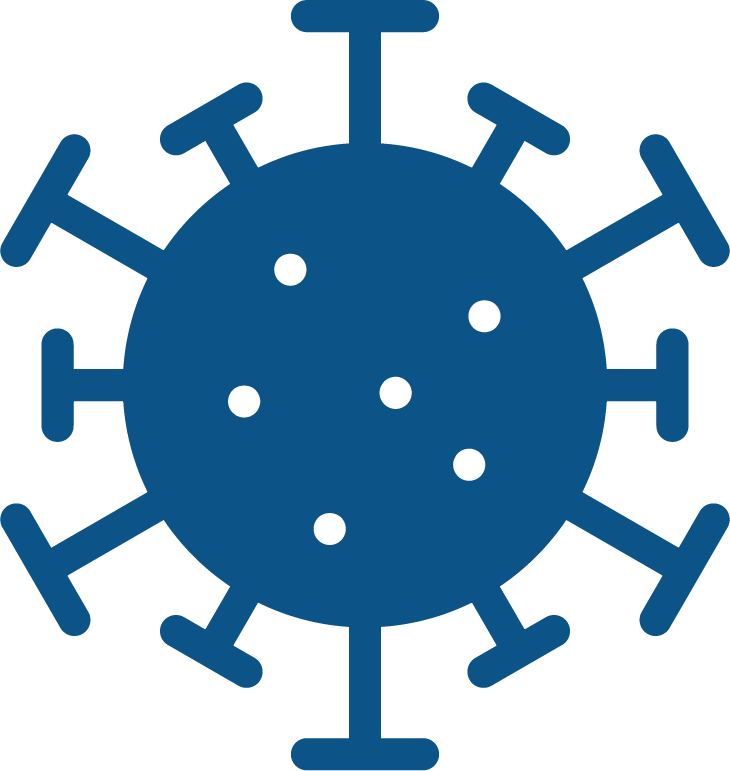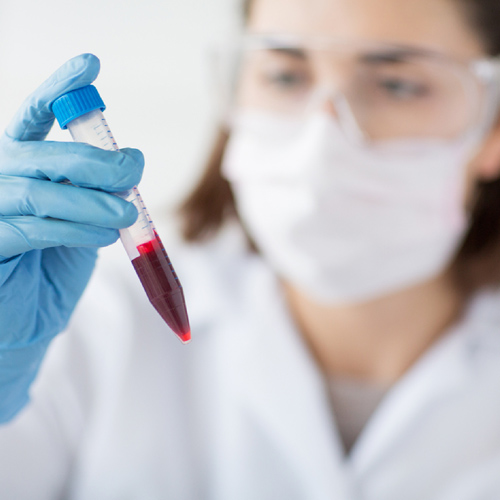 Testing....
Testing....

Cord blood transplants have become a standard procedure in the field of regenerative medicine, and cord blood stem cells have been used to cure over 25,000 patients.1 The FDA has approved cord blood stem cells in the treatment of more than 80 diseases and conditions, including: 2

Cancers: Lymphoma, Leukemia, Neuroblastoma

Blood Diseases: Sickle Cell Anemia, Myelofibrosis, Congenital Cytopenia

Immune System Disorders: DiGeorge Syndrome, Congenital Neutropenia, Severe Combined Immunodeficiency Diseases (SCID)

Metabolic Disorders: Krabbe Disease, Hunter Syndrome (MPS-II), Metachromatic Leukodystrophy
The therapeutic potential of cord blood stem cells continues to grow as well. More than 3,500 clinical trials have been initiated, including research for the treatment of conditions such as Autism, Cerebral Palsy, and Diabetes, with new trials coming every year.2,3
According to the American Academy of Pediatrics, cord blood is an excellent source of the hematopoietic stem cells used in stem cell transplants.4 These special cells help facilitate the rebuilding and repair of tissue that has been damaged by various genetic and medical conditions.
Umbilical cord blood is unique in that it has been shown to contain up to 10 times more hematopoietic stems cells than bone marrow.5 Furthermore, cord blood stem cells rarely carry infectious diseases, and are believed to have greater regenerative properties than bone marrow stem cells.
Perhaps more importantly, stem cells from your baby’s cord blood offer a perfect genetic match for your newborn. This eliminates the risk of transplant rejection (otherwise known as Graft vs. Host Disease or GVHD) for your newborn in an autologous transplant.
In addition, cord blood stem cells have a good chance of being a suitable match for siblings and parents. This can significantly reduce the risk of GVHD for immediate family members who receive a transplant using your baby’s stem cells.

Cord blood collection is simple, painless and poses no risk to mother or baby. After your baby is born the umbilical cord will be clamped and cut, and your doctor will begin to collect the cord blood.
The excess cord blood that remains in the placenta and umbilical cord after your baby’s birth will flow into the collection bag. When the flow stops, the collection bag is sealed, labeled and ready for transport to our AABB-accredited cord blood laboratory in the MiracleCord cord blood collection kit.
It is important that cord blood is carefully transported in a temperature-controlled environment while in transit from the birthing facility to our laboratory. In order to ensure that the stem cells remain viable during transport to the lab, MiracleCord provides Direct Medical Courier service and includes TimeCritical® Processing with every plan.

Private cord blood banking may provide your family with the best chance of survival, recovery, and a renewed quality of life if your baby or an immediate family member is ever facing a life-threatening medical condition.
Contact us to learn more about the amazing potential of banking your baby’s cord blood and cord tissue!
1. F1000Research: Retrieved February 10, 2025. Update on umbilical cord blood transplantation: https://f1000research.com/articles/6-1556/v1
2. Parent's Guide to Cord Blood Foundation. Retrieved February 10, 2025. Diseases that can be Treated with Cord Blood. https://parentsguidecordblood.org/en/diseases
3. ClinicalTrials.gov. Retrieved February 10, 2025. https://clinicaltrials.gov/search?term=cord%20blood
4. American Academy of Pediatrics. Retrieved February 10, 2025. Cord Blood Banking for Potential Future Transplantation. https://publications.aap.org/pediatrics/article/140/5/e20172695/37866/Cord-Blood-Banking-for-Potential-Future
5. National Library of Medicine: National Center for Biotechnology Information. Retrieved February 10, 2025. Umbilical Cord Blood: Information for Childbirth Educators. https://pmc.ncbi.nlm.nih.gov/articles/PMC3209739/